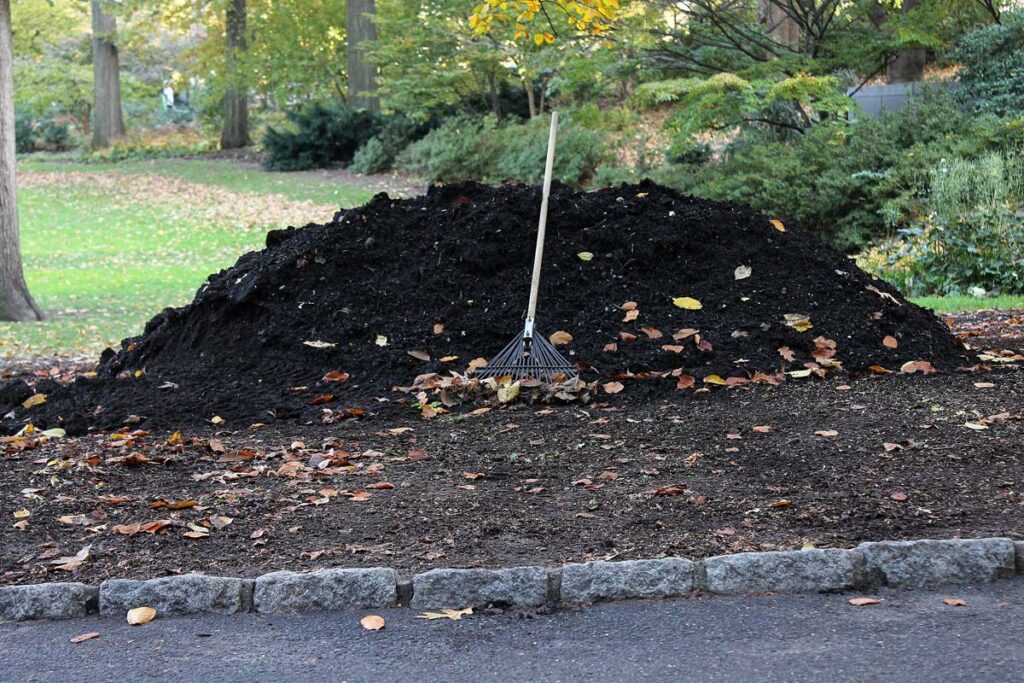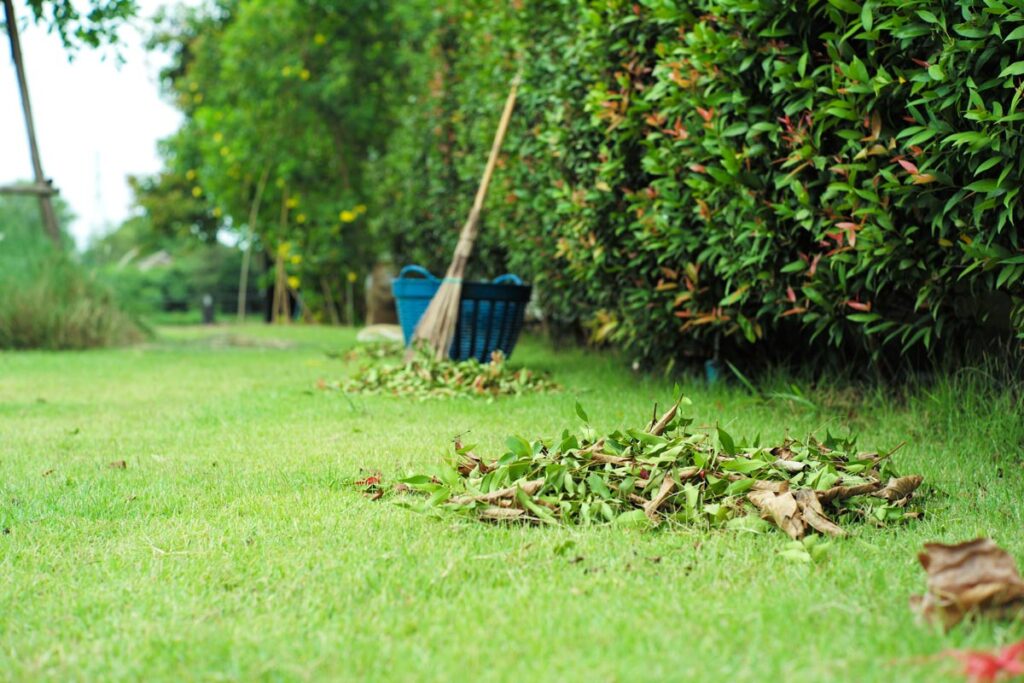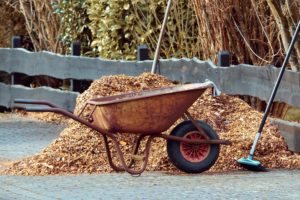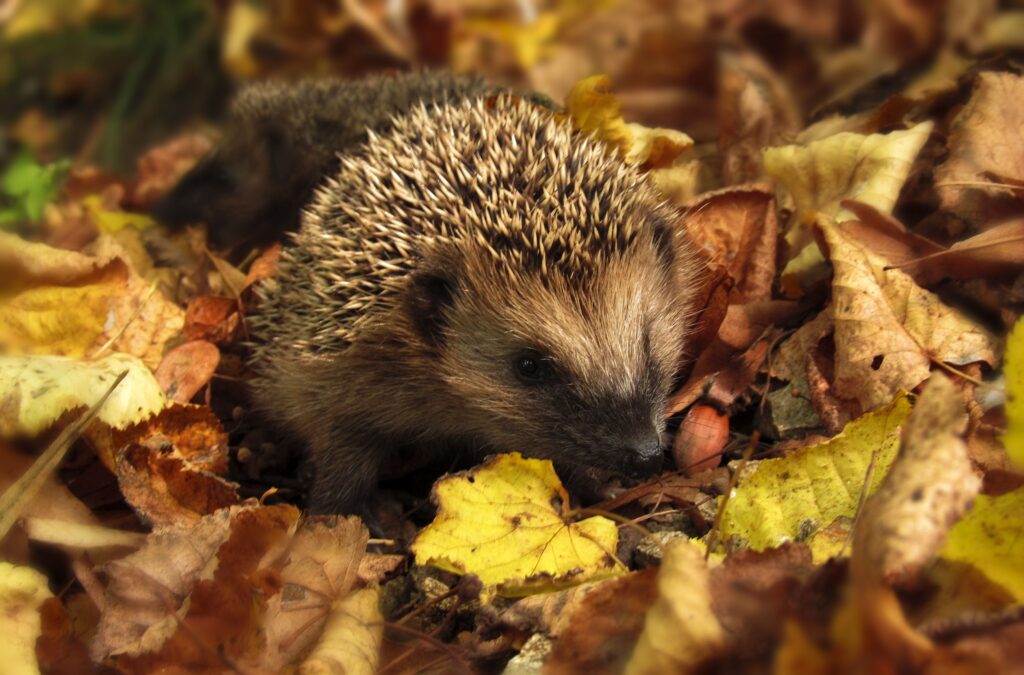Now that fall is in full swing, you may be wondering “what are the best ways to use fallen leaves in my garden?” or “what do I do with all of these leaves?”. Landscaping in the fall presents a whole raft of new tasks and fallen leaves are in abundance during this time of the year. While some love the orangey tint to their garden, others would prefer to put the leaves to work.
Are fallen leaves good for the garden?
Fallen leaves are like nature’s gift to your garden! They work wonders by acting as a natural mulch, helping to keep the soil moist, regulating its temperature, and preventing weed growth. As leaves break down, they release valuable nutrients that enrich the soil, creating a nourishing environment for your plants to thrive. Plus, they encourage helpful microorganisms and earthworms, which further improve the soil’s health. So don’t be too quick to rake those leaves away – let them stay and work their magic, making your garden happy and vibrant!
So here are a few ways to use those fallen leaves throughout the fall season.
1. Use them for soil
If you add shredded leaves into your garden’s soil, come springtime, you’re going to have lots of earthworms and other helpful organisms. Nutrient-rich soil = really happy and healthy plants.

2. Make a compost pile
When making a quality compost pile, you need a good combination of green and brown waste materials. Fallen leaves would be classed as brown waste, which is full of carbon. Combine these fallen leaves with other waste materials you’d usually add to the compost pile, like grass clippings, vegetable scraps, or other plants you might be throwing away. Then if you let it sit over winter, and occasionally turn it, you’ll have some great compost to use in your garden in the spring.

3. Leaf mold
If compositing sounds like too much work, then you have the option to make leaf mold. All you need to do is put your leaves into a big pile and then let them sit for 12-24 months. The only work you’ll need to do is occasionally wet the leaves in the drier periods so they stay moist. The leaves in the pile will eventually break down into a very nutrient-dense soil conditioner that can be used throughout your garden.

4. Make mulch
Shredded leaves make a fantastic mulch that can be used on top of your garden beds, around flowers, bushes, or trees and will help retain moisture in the soil and prevent weeds from growing. All you need to do is add 2-3 inches of the leaf mulch around your plants, and be sure to keep it away from the stems or trunks of the plants.

5. Leave it for the wildlife
Perhaps you don’t want to do much with the leaves, that’s perfectly fine too! Your local wildlife will probably thank you for it. Having piles of leaves scattered around the garden makes the perfect protection for butterflies, bees, moths, and other important pollinators. Many of these creatures rely on leaves and other dead plant material for hibernation or protection from the cold winter.

Closing Note:
Whether is it leaf maintenance or lawn maintenance, American Gardens is here to care for your garden for years to come. Great landscapes don’t happen by accident. It takes a tested, well-thought-out process. We design our service packages to be flexible to your needs and budget while paying attention to the requirements of your property.
If you need assistance with any of these landscaping maintenance tasks be sure to get in contact with the team here at American Gardens.